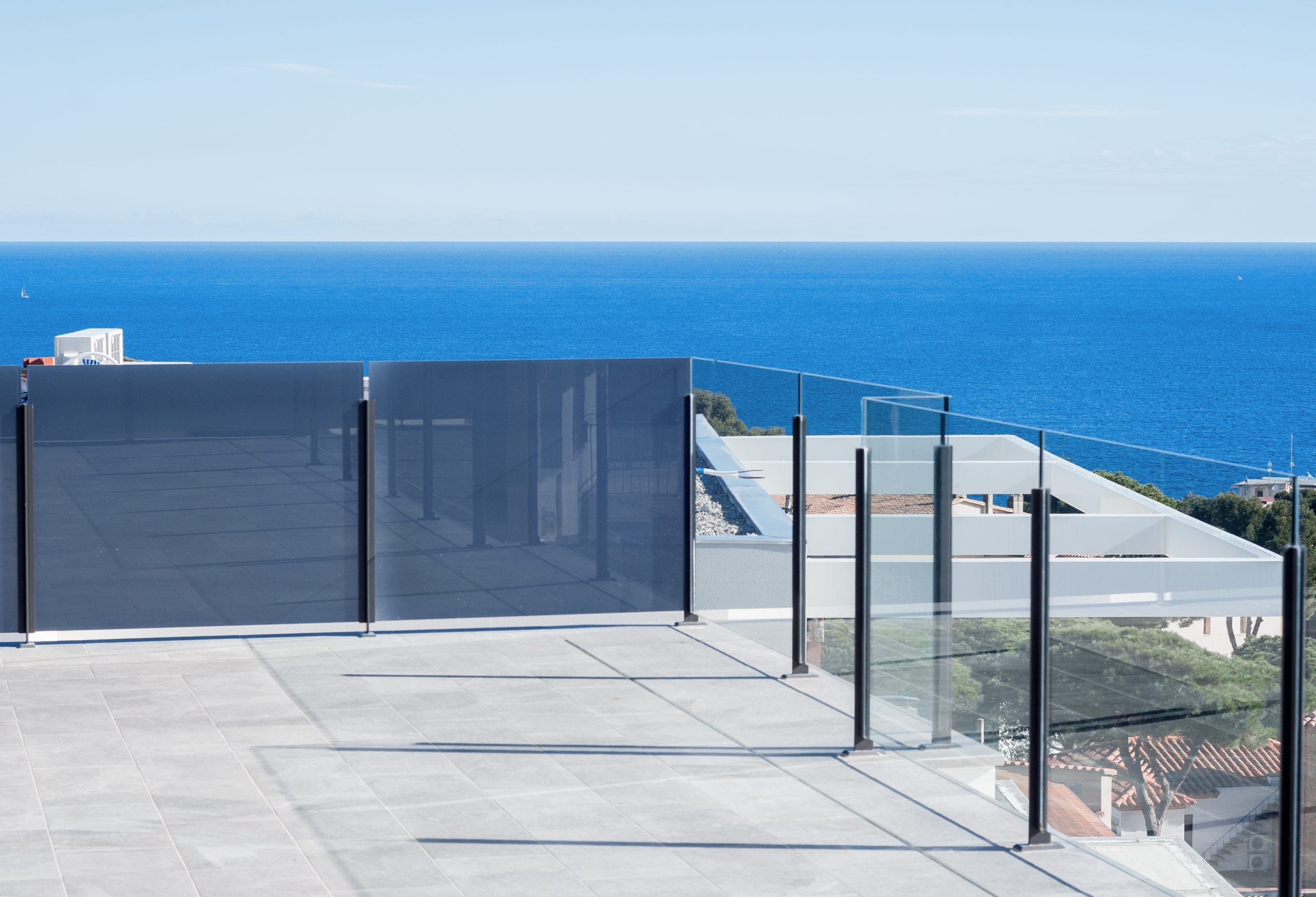If you are looking at upgrading or installing new balustrades in your home or business, there are revised regulations and rules that now apply. It can be a bit of a minefield and it’s important to speak to the experts to help navigate through these changes and what that may mean for your business.
Recent changes to the AS1288-2021 glass in building standard have set out revised standards for balustrades or barriers as they are now called. To help understand those changes, we asked our resident experts in glass, Beth Pope, Account Manager at O'Brien® and Roland Rode, National Compliance Manager at O'Brien® to summarise the changes and what it means for those of you with balustrades/barriers in your building complex.
What is a balustrade/barrier?
A balustrade/barrier is best described as a low wall forming a parapet to a stairway, ramp, balcony, raised level or change in levels to restrict access. The law requires that barriers must be constructed in any area that people move through where there is a difference of one meter or more in level between a ground surface or one floor, and an adjourning floor or surface.
To help reduce the risk of injury for someone falling from a height of more than one meter, barriers are mandatory and need to be able to perform to numerous criteria such as wind load, impact and lean loads. They also need to be constructed in a way that doesn’t allow any openings greater than 100mm at the base of the barrier or 125mm at other vertical openings and must not be climbable.
What has changed?
The revised AS1288-2021 Glass in building standard released on 26.6.21, has further clarified these stringent requirements including renaming the Balustrade section to now be known as Barrier to fall in line with National Construction Code (NCC) descriptions.
There are some types of barriers which have a prescribed method of glass selection and installation and these rules have not changed in the revised standard. However, for other barrier types, the selection of glass and installation methods varies too greatly to be able to apply a prescribed method for installation. The revised standard applies new guidelines for those types of barriers.
What does this mean for you if you have glass balustrades/barriers?
Glass balustrades/barriers have long been a way of allowing easy view beyond the confines of our balconies but also serve an important safety function. If you are installing or upgrading glass balustrades/barriers in your existing building complex, this is what you will need to check for compliance.
For any barriers which are 5 meters or over from ground or floor level, the revised standard now requires that only laminated safety glass is to be installed. If a panel in a glass barrier is damaged or broken, when it is replaced, it should comply with the current glass in building Standard AS1288-2021 which now details load requirements and test methods for performance.
Generally, barriers with exposed glass edges are classed as structural such as cantilever glass or where only the top glass edge is exposed (i.e. there is no solid metal or timber handrail). If your barrier has exposed glass edges, there are some changes that also help improve safety with clarification of interlinking handrail requirements.
Barriers installed via spigot, point-fixed or core drill fittings must comply with the NCC through a performance solution such as an engineering solution or testing in a laboratory. The revised standard now provides load guidelines for these types of barriers.
If you require an audit of the barriers in your building, please contact the O’Brien Glass® experts on 1800 841 256 today.




